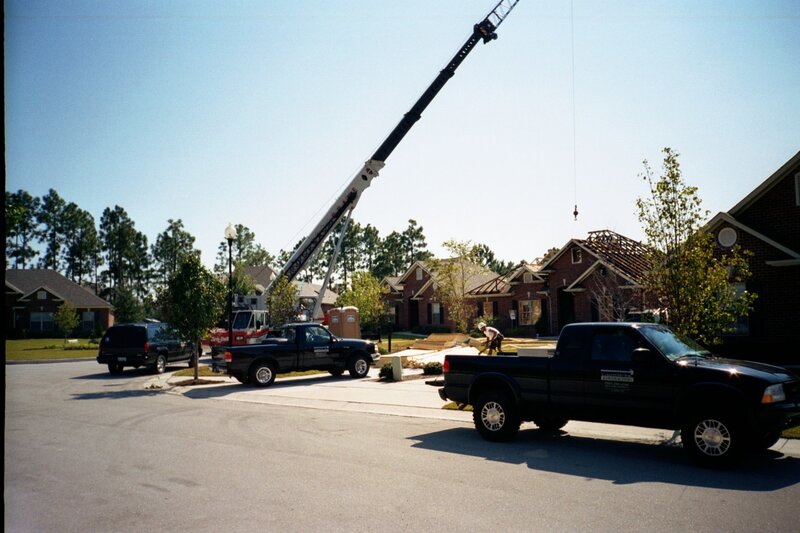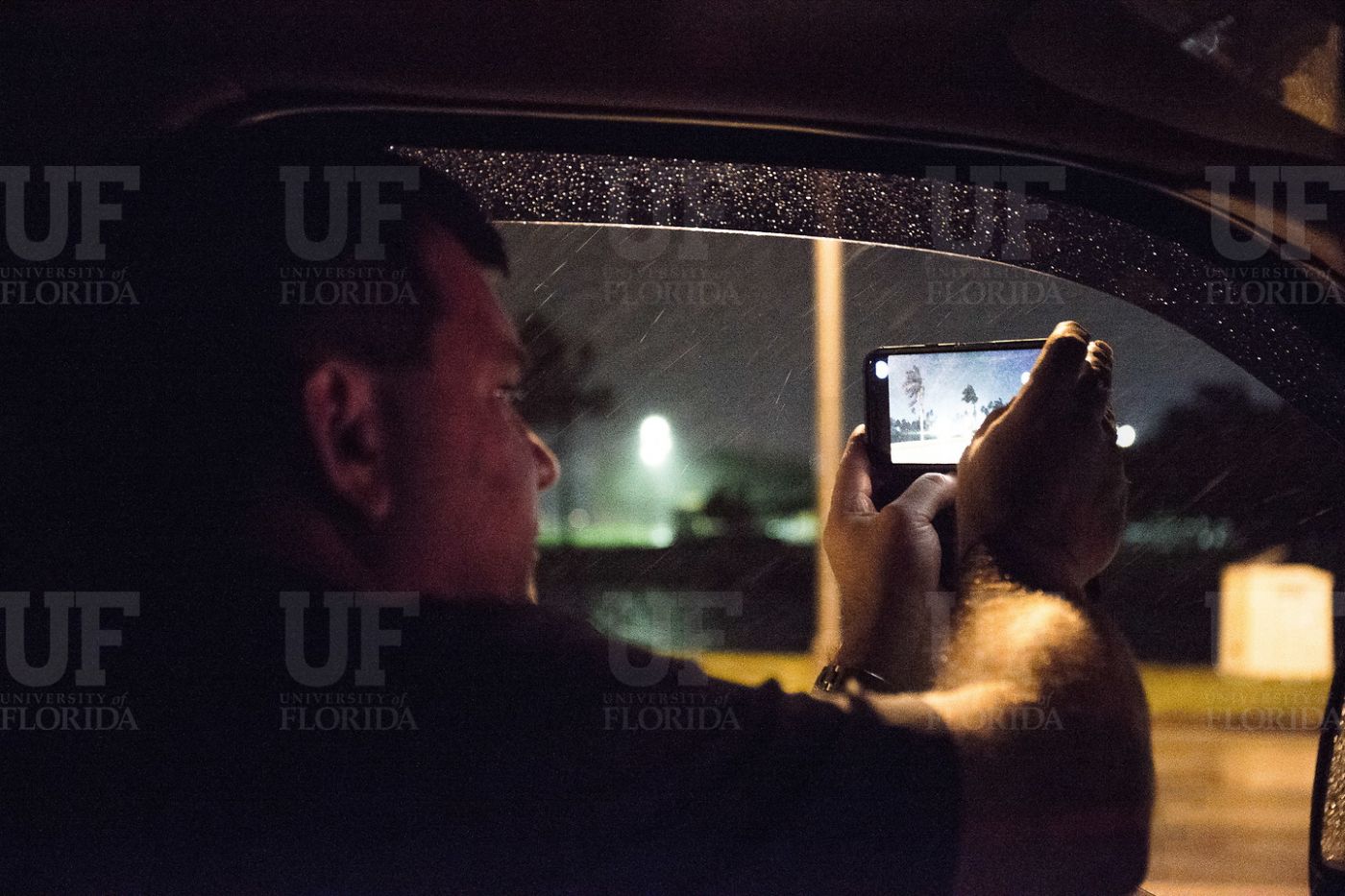
Swiss Re a leading global insurer based in Zurich Switzerland estimated that global economic losses from natural disasters and man-made disasters like hurricanes and wildfires totaled $306 billion in 2017. That is an increase of 63% from 2016 and 2017 hasn’t even completely drawn to a close as of this article. The report goes on that this year’s insured losses have spiked up about $136 billion as compared to the year before. The reinsurance and risk transfer provider ranks 2017 as the third most expensive year due to the massive hurricanes along the Southeast and the wildfires that devastated the state of California. The year 2017 is only eclipsed by 2011 that still remains the most expensive on record due to the massive tsunami disaster in Japan and is followed only by 2005 from three massive hurricanes – Katrina, Rita and Wilma respectively.

This year however it has been the United States that has been forced to bear the brunt of the cost between hurricanes and wildfires. After enjoying relatively quiet year after year on the hurricane front this year alone the Southeastern US and Puerto Rico were forced to deal with not one, but three of the massive storms. Hurricanes Harvey, Irma and the lesser known Maria wreaked over $90 billion dollars in damage and insured losses alone. The wildfires that have burned up and down California recently are expected to add another $7+ billion to the tally.
Martin Bertogg, head of catastrophe perils at Swiss Re, said in a statement. “In recent years, annual insurance losses from disaster events have exceeded $100 billion a few times. The insurance industry has demonstrated that it can cope very well with such high losses. However, significant protection gaps remain and if the industry is able to extend its reach, many more people and businesses can become better equipped to withstand the fallout from disaster events.”
The final cost of the California wildfires cannot be accurately summed up because California’s second largest wildfire called the “Thomas Fire” is planned to burn through the new year and into 2018. Unfortunately, only 60% of the Thomas Fire is contained in Ventura and Santa Barbara counties. Dave Jones, the current California Insurance Commissioner, reported that wildfires in Napa, Sonoma and other Northern California wine counties resulted in residential and commercial claims topping over $9 billion. 21,00 homes, 2,800 businesses and 6,100 vehicles were damaged. Unfortunately, 45 fatalities were also reported as a result of the massive fires.

However, when we look at the global cost of these catastrophes just looking at economic losses can skew our view on what the world in its entirety suffered. The reason being is that richer countries, by definition would record much higher economic losses than in poorer countries. Additionally, since most of the records that are kept in regards to the economic losses are kept by insurers and reinsurers like Swiss Re not much is is known about the cost in poorer areas because there’s no recording system in place. South and Southeast Asia suffered catastrophic floods in 2017 leading to more than 1,200 deaths and the displacement of ten of thousands of residents in these areas. While two major earthquakes in Mexico in September killed more than 100 people. Also, mudslides in Sierra Leone killed more than 1,000 people.
In closing there’s no point in waiting on the exact tally of economic loss or loss of life from these 2017 disasters. Maybe instead we should focus on the current climate being the new normal and how we can mitigate the cost through proper insurance and preparation.
Citations:
- https://www.cnbc.com/2017/12/20/swiss-re-global-disasters-push-2017-economic-losses-to-306-billion.html
- https://nypost.com/2017/12/22/the-cost-of-natural-disasters-nearly-doubled-in-2017/
House Passes much needed disaster aid package of $81 billion, but is stalled in Senate